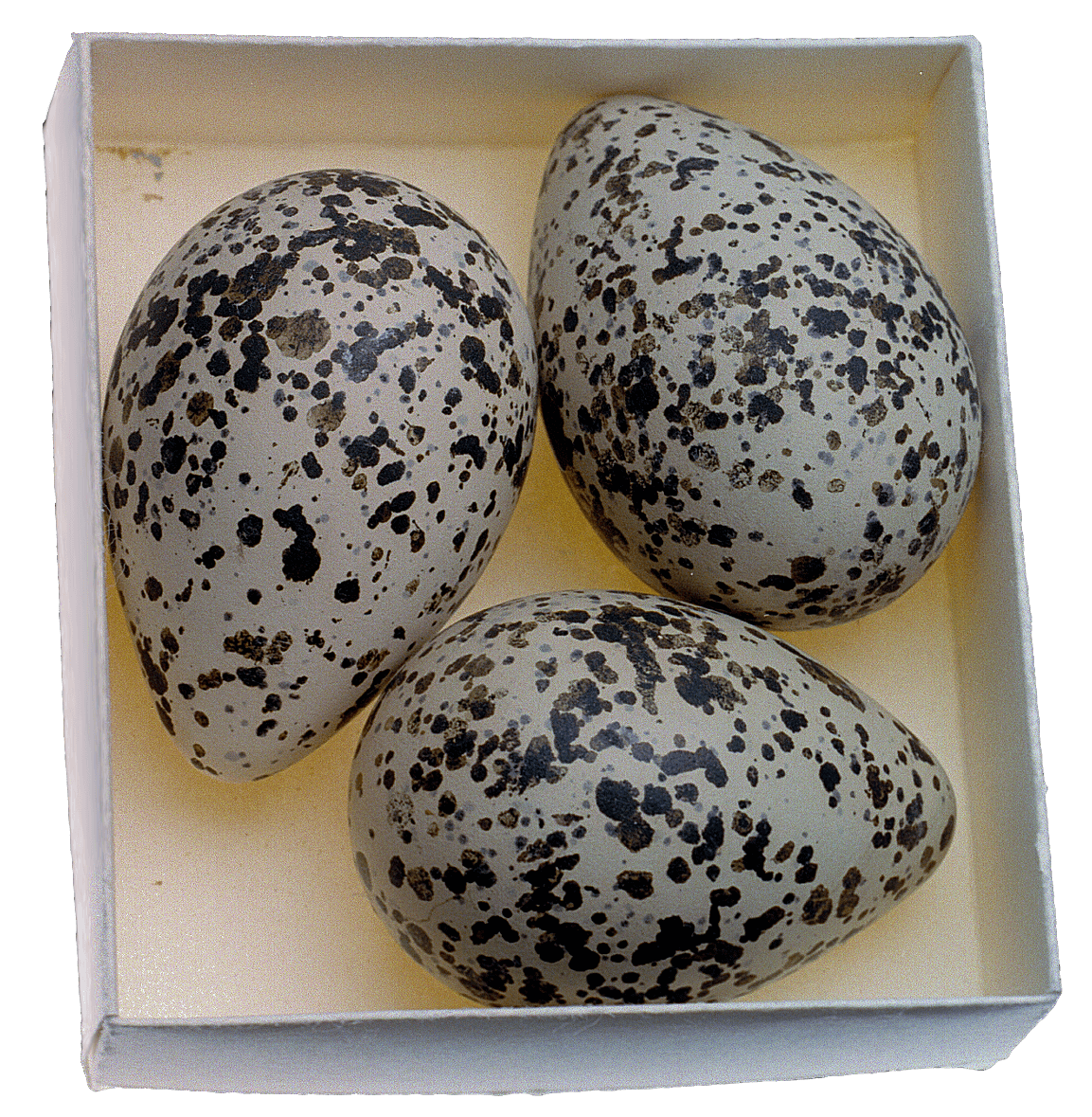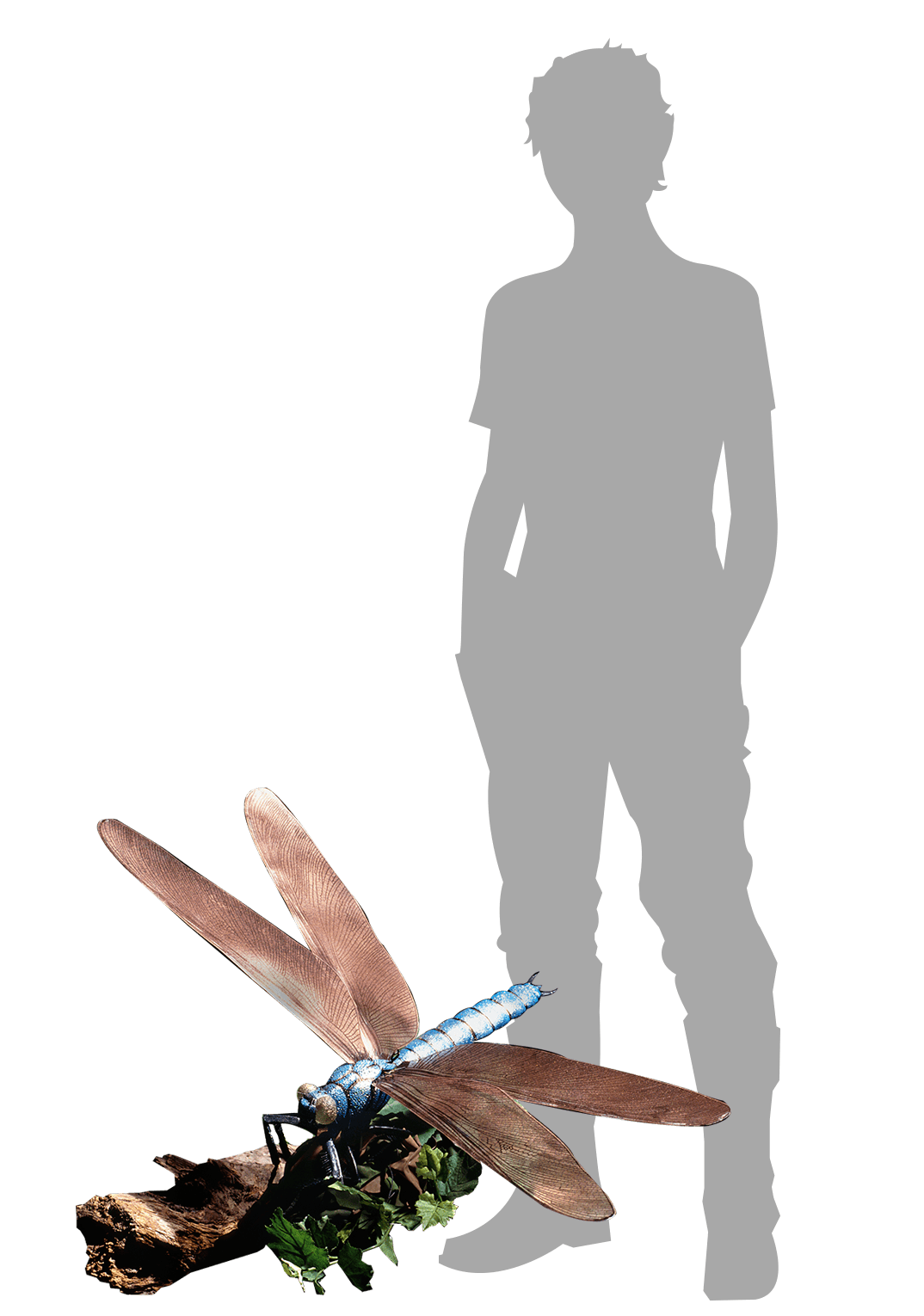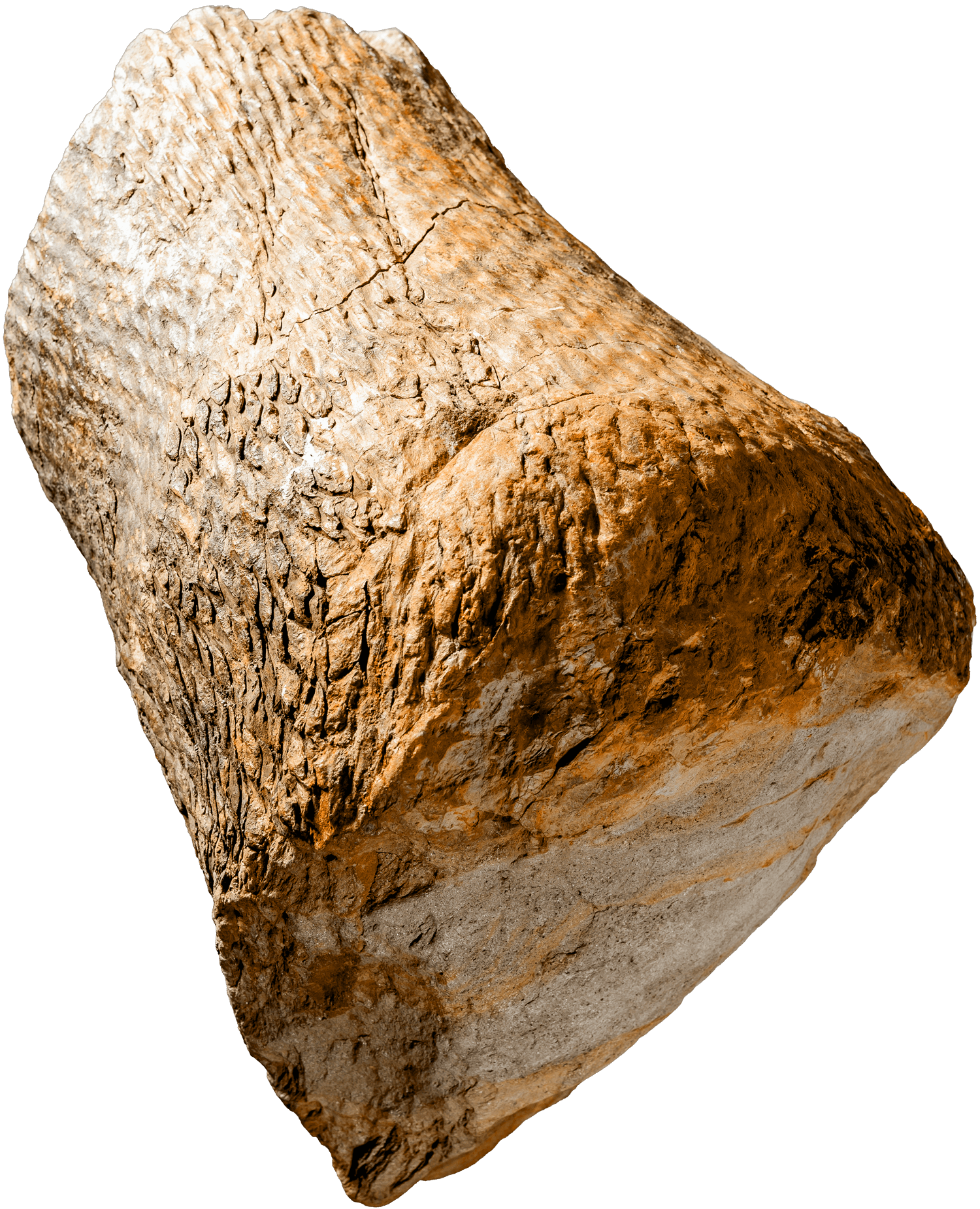How and why
For various reasons, many plants and animals became extremely large, and it was during this period that some insects first evolved wings for flying.
During the Carboniferous, four-limbed vertebrates evolved several adaptations which enabled them to live on land.
Adapting to life on land
Limbs, lungs and a supporting skeleton had already evolved in vertebrates during the Devonian. Additional adaptations which enabled them to live on land occurred during the Carboniferous.
Unlike their ancestors, Carboniferous amniotes laid eggs. The shells were strong, and special membranes protected the embryos inside from drying out in dry land environments.
The membranes also helped to regulate the eggs’ exchange of oxygen, carbon dioxide and water with the surrounding environment. That made it possible for vertebrates to become independent of aquatic environments and survive in the drier inner regions of the continents.
Living in such regions provided advantages over amphibians, which were the first vertebrates to live most of their lives on land. Amphibians must still undergo a water-dwelling stage, as their eggs have no shells or protective membranes.
Animals that live in water can release male and female sex cells directly into the water, where fertilization takes place outside the body.
That is not a good solution on dry land. There, it is better if fertilization takes place inside the body, and that required changes in the sex organs.
Land-dwelling animals also needed new sensory organs, because the physical qualities of air and water are different. For example, animals on land have no use of the lateral line system which enables fish to detect movements in surrounding water. Thus, land animals did not retain such a system.
Instead, they evolved hearing organs that could amplify sound waves and lead them to hearing cells. That was necessary because sound does not travel as well through air as through water.
Giant insects
The reason why many insects and other arthropods became so large during the Carboniferous is a subject of debate. Many scientists believe that the atmospheric oxygen level was then much higher than during other periods, perhaps as high as 35 per cent. The oxygen level today is 21 per cent.
Insects and myriapods breathe via air channels called trachea, which are less efficient than lungs. A higher oxygen level may have compensated for that limitation and enabled them to become larger.
Other scientists believe that an oxygen level higher than 25 per cent was not possible, because fires would have started more easily and the forests would most likely have burnt up. They believe instead that the absence of large competing land animals made it possible for insects and other arthropods to become so large. Vertebrates were still comparatively small during the Carboniferous.
Giant trees
During the Carboniferous, many plant groups grew much higher than previously. That may have been due to the fact that plants compete for access to the sunlight that drives photosynthesis. Plants that grow the highest can outcompete other plants. But how could they grow so high?
Giant club moss trunk.
Foto: Bengt Olofsson
Fossils show that there were several solutions to that structural problem. The most common solution was to strengthen the trunk in various ways. For example, it could become broader or grow thick bark.
Some ferns could become tall by weaving together many thin stems into a single thick trunk. Other plants developed supporting aerial roots, like those of modern mangrove trees. Yet another solution was to climb up other tree trunks, as modern liana vines do.
Wings and flight
It is not known for certain what led to the evolution of wings. But it may be assumed that flying insects had several advantages over those that could not fly.
That included better chances of escaping predators such as spiders, centipedes and related animals. They could also have uncontested access to the food in the upper levels of the tall Carboniferous forests.
It is not known, either, how insect wings evolved. Some scientists believe that they evolved from outgrowths on external skeletons. Others believe it more likely that they evolved from the gills of aquatic insects, a theory that is supported by genetic research. However, the very first insects on Earth did not live in water.




